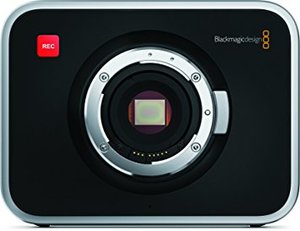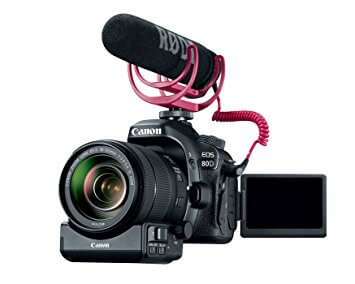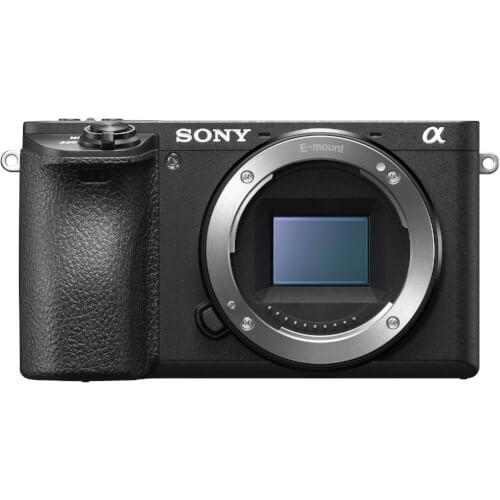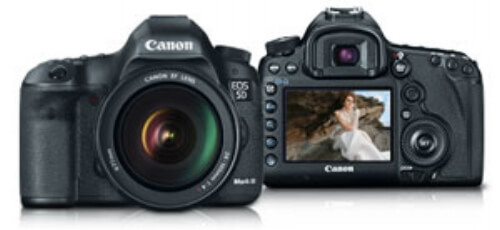The Ultimate Guide to Compositional Use of Aperture
What is Aperture?
If you are a photography enthusiast and have recently bought a DSLR, then one term that might have caught your attention is “Aperture”. Aperture is the size of the opening in the lens of a camera, whether it is a hidden wifi camera or any best dash cam, which controls the amount of light that passes through the shutter.
Aperture is one of the most crucial aspects of photography and has a direct impact on the depth of field. The more significant is the aperture, more is the amount of light that passes through it, and it reduces the depth of a field in a picture, and vice versa is true for a smaller aperture.
Practical Implications of Aperture
Aperture is measured in terms of “f-stops” and is signified in terms of an “f-number”, it is the ratio of the total length of the aperture over the total diameter of the aperture.
In practical use, Aperture is signified as F/2.0, F/2.4, F/8.0 etc. This means that a larger aperture has a smaller f-number and a small aperture has a larger f-number.
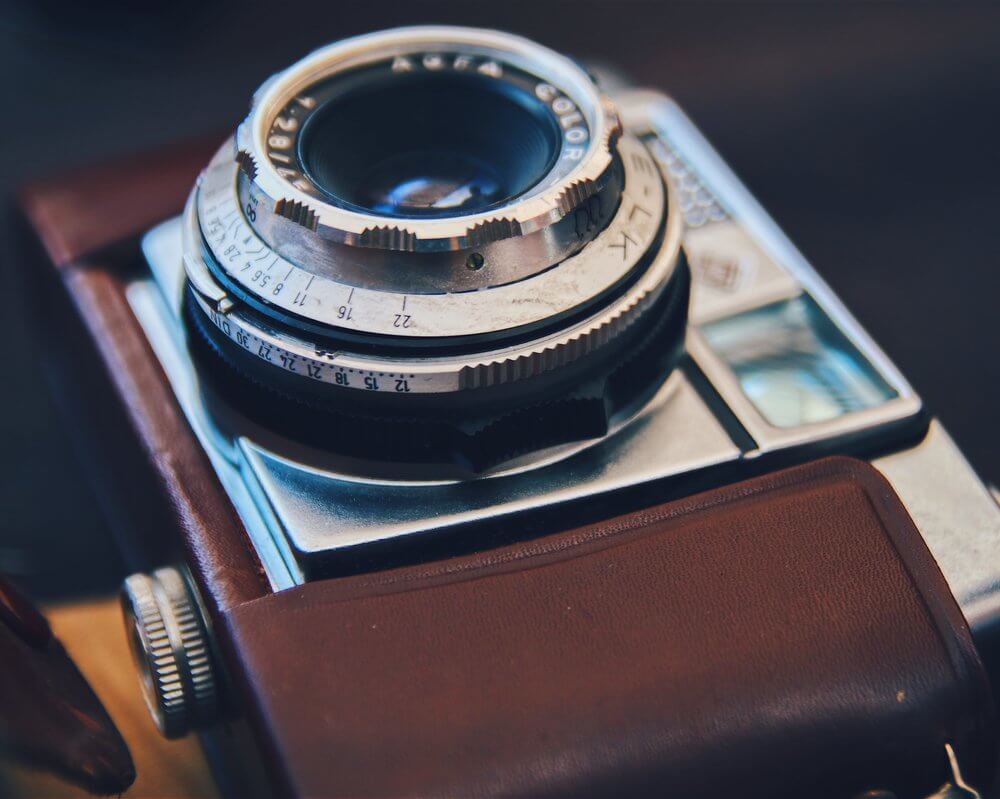
Compositional use of Aperture
Compositional use of Aperture has three primary factors associated with it, such as Depth of field, Flare Patterns, and Sharpness.
– The depth of Field: – The foremost use of aperture is to control the depth of field in an image, i.e. how much of the picture is in focus.
As the f-number is enhanced, the background and foreground will come more into focus, and if the f-number goes down, the foreground and background will go out of focus.
In terms of practical use, Wide aperture ensures that the attention is on the subject and not on the surroundings.
– Flare Patterns: – Flare is a term that is used to signify the light source that is entering the lens directly. The appearance of the flare depends on the number of blades in the aperture’s design and the design of the lens.
Look of the flare can be controlled by the closing and opening of the aperture. A wide aperture would let the flare to appear more circular and wrap around the objects in a picture.
– Sharpness: – Aperture has a significant impact on the sharpness of a picture as well. Stopping down the aperture increase the sharpness of in-focus objects of an image.
Most of the new lenses render sharp images even with fast aperture speeds, and it offers the photographer the flexibility to select any aperture they need, and it would not have any impact on the image quality.
Each aspect of a DSLR has an impact on the quality of the image rendered, but nothing has a more significant role to play as compared to the aperture.
(Photo by Marc Mueller on Unsplash)

Contributing Writer: Rachel Stinson has always had a knack for writing, food, fashion, and places. Blogging has combined all four for her with an added bonus of enthusiastic audiences. She expertly analyzes real estates, restaurants and camera stores with respect to pricing and people involved and can express her opinions in an unhesitant, engaging manner for all matters.
2Bridges Productions Copyright © 2017. Address: 25 Monroe St, New York, NY 10002. Phone: 516-659-7074 – All Rights Reserved.
We are a participant in the Amazon Services LLC Associates Program, an affiliate advertising program designed to provide a means for us to earn fees by linking to Amazon.com and affiliated sites.

